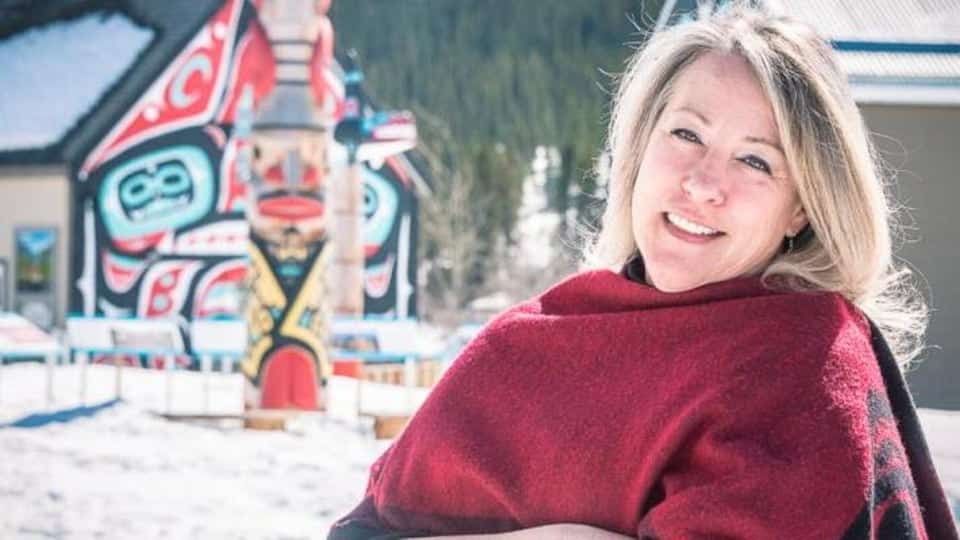According to a report by the Association of Workers’ Compensation Boards of Canada (AWCBC), it had been more than 10 years since the territories had seen so many work-related deaths.
I’m horrified
says Lorraine Rousseau, Vice-President of the Northern Region of the Public Service Alliance of Canada.
” No one should have to go to work and say, “Is this the day I’m going to get hurt, paralyzed, or die?” »
Of the 14 deaths recorded last year, 7 occurred in Nunavut, 4 in the Yukon and 3 in the Northwest Territories. Of those who died, eight were northern residents.
A high figure
Workers’ Safety and Compensation Commission President and Director Debbie Molloy notes that 2021 is a very unusual year
in terms of the number of deaths.
According to AWCBC figures, in the NWT. and in Nunavut, where the data is aggregated, you have to go back to 2011 for a figure above seven.
That year, three aircraft crashes claimed the lives of 14 people, most of whom were working or traveling for work.
In the Yukon, since 1993, three years (1996, 2014 and 2021) have been associated with more than three deaths. In 2019, there were none.
Our mandate is to have zero deaths. Any number above is too high […] and we know that this figure is attainable
says Kurt Dieckmann, the director and chairman of the territory’s Occupational Health and Safety Commission.
It also clarifies that workplace injuries or fatalities do not discriminate and that all industries and genders can be affected.
Brendan Hanley, Member of Parliament for Yukon, says the territory is often one of the jurisdictions with the highest injury and injury-related death rates, which includes work-related injuries and fatalities.
However, he points out that these data do not confirm that there are more work-related accidents and deaths in the Yukon than elsewhere.
Workplace Safety Awareness
However, he maintains that the high death rate recorded last year may be linked to several factors, depending on the categories of death. He cites in particular the higher than average consumption of alcohol and hard drugs.
However, he noted that the Occupational Health and Safety Commission had made progress through promotional campaigns.
This is confirmed by Kurt Dieckmann.
” 15 or 20 years ago, safety management did not exist in the workplace. Today, we still need to work on this culture, but there is a strong emphasis on safety. »
Brendan Hanley believes that the pandemic could also have played a role since many employees had to work overtime to compensate for the absence of their sick colleagues. With the pressure of the pandemic, maybe there was less trust in the workplace, and a lot more stress, mental stress too.
With employees returning to work after two years of restrictions and the hiring of new professionals, Brendan Hanley and Kurt Dieckmann say employers need to place importance on training in safety protocols.
Kurt Dieckmann adds that workplace safety should become something socially accepted, like wearing a seatbelt in a car.
It is very important to remember that workplace safety is not something that is outside of work or added to work. It is part of the job.
Eight of the fourteen deaths that occurred in 2021 have been made public:
- Markus Dyck, a polar bear biologist, Steven Page, a helicopter pilot, and Benton Davie, a helicopter mechanic, died in a helicopter crash near Resolute Bay, Nunavut;
- Darrin Steigel, a contract driller, died in another helicopter crash at Agnico Eagle’s Hope Bay mine;
- Michael Chinna died following an accident at a power plant in the Northwest Territories;
- Ronak Baroryee died following an accident 10 years earlier in which he was struck by a propeller during a power outage at the Yellowknife airport;
- Richard Matthew
Red
Cull died in a bulldozer overturn near Dawson City, Yukon; - Lori Schroeder, a plant ecologist, was killed in a traffic accident near Watson Lake, Yukon.
With information from Hilary Bird

Reference-ici.radio-canada.ca


